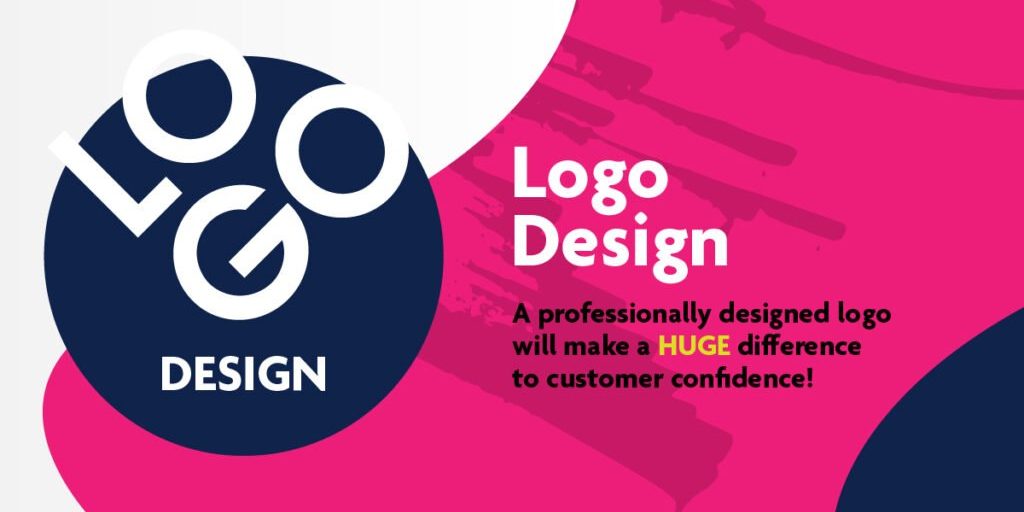Logo Design and Creation

Logos serve as the visual cornerstone of a brand. They encapsulate a company’s identity and convey its values, ethos, and essence. In the age of digital transformation and the advent of artificial intelligence, logo design has undergone significant evolution. The latest tools and AI-driven platforms empower designers to craft innovative logos more efficiently and intelligently.
1. Benefits of Using AI in Logo Design:
- Speed and Efficiency: AI tools can generate multiple logo concepts in seconds, significantly reducing the time it takes to brainstorm and come up with initial designs.
- Data-Driven Decisions: AI can analyze vast amounts of data, including design trends and user feedback, to suggest changes or tweaks that might make a logo more effective.
- Iterative Design: AI platforms can easily produce multiple variations of a design, allowing designers to test and choose the best option.
- Personalization: Algorithms can be trained to design logos based on specific user preferences and brand guidelines.
2. Popular AI-Powered Logo Design Tools:
- Looka: Formerly known as Logojoy, Looka uses deep learning to create professional-quality logos based on user preferences.
- Wix Logo Maker: An intuitive AI-driven tool, it guides users through a series of questions and then generates logo concepts.
- Hatchful by Shopify: Ideal for e-commerce businesses, this tool provides logo designs based on industry, visual style, and user preferences.
3. Combining Traditional Design with AI:
Despite the advantages of AI-driven tools, the human touch in logo design is irreplaceable. Professional designers possess intuition, emotional intelligence, and the ability to capture a brand’s story, which machines still cannot replicate. Hence, the ideal scenario is often a blend of human creativity and AI efficiency.
Designers can use AI tools for initial concepts and then refine and personalize these drafts manually. This approach combines the best of both worlds: the rapid ideation of AI and the nuanced touch of a human designer.
4. Future Prospects:
As AI continues to evolve, we can expect even more sophisticated design tools. These might include:
- Augmented Reality (AR) Integration: Visualizing logos in real-world settings before finalizing the design.
- Automated Brand Consistency: AI tools that ensure logo adaptations remain consistent across various platforms and mediums.
- Sentiment Analysis: AI evaluating public reception of a logo and suggesting tweaks based on real-time feedback.
5. Considerations and Ethics:
While AI offers incredible capabilities, there are important considerations to bear in mind:
- Originality: AI often bases its designs on existing data. This can lead to logos that, while trendy, might lack originality or closely resemble other brands.
- Ethical Use: With AI's capacity to generate designs rapidly, there's potential for misuse or over-saturation of similar designs in the market.
Conclusion:
Logo design, like many other fields, is being transformed by AI. The latest tools offer rapid design generation and data-driven insights. However, the most effective logos often result from a harmonious blend of AI's capabilities and the irreplaceable human touch of a designer. As with any technological advancement, a balance must be struck between efficiency and authenticity.


